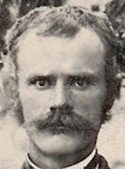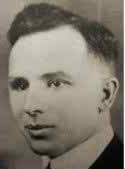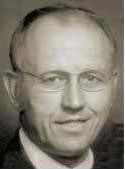Literally bridges the gap where one or more teeth may have been.
Bridges
Bridges are constructed to replace missing teeth. A bridge consists of one or more artificial teeth attached, usually on both sides, to crowns on adjacent teeth. Not only do they fill the unsightly spaces left by lost teeth, but they also help support the teeth adjacent to, and directly opposite, the missing tooth or teeth.
When a tooth is lost, the adjacent teeth may shift position. The tooth opposite to the lost tooth may begin to extend out of its socket. Shifted teeth are harder to clean, making them more susceptible to cavities and permanent bone loss. The bite may also be altered making it more difficult to chew, possibly damaging the temporomandibular joint – the TMJ or jaw joint.
It’s More Than Just Filling An Empty Slot
The popularity of fixed bridges seems at odds with the degree of precision required in order to do them properly.
Fixed bridges originally received their descriptive nickname because they would literally “bridge the gap” created by missing teeth. These dentures would then be attached to adjacent teeth through crowns.
While the technology may seem simple, successful bridges require a high degree of precision and dexterity. Dr. Foutz understands the importance of neatly fitted bridges to provide support and prevent decay.
What To Expect During Treatment
The bridge procedure is usually completed in two office visits. On the first visit, Dr. Foutz will clear the teeth on either side of the missing tooth of any decay. Dr. Foutz will then shape the 2 teeth to accept special crowns called abutments. (Sometimes it is necessary for both of the abutments to actually be an implant.) An impression is then taken in order for the dental laboratory to create a model of the teeth. Dr. Foutz will then place a temporary bridge.
During the next one to two weeks, the lab will create the permanent bridge on the models made from your dental impression. The abutments will attach to and support a pontic – the portion of the bridge that holds the artificial tooth or teeth. At the next visit, the temporary bridge is removed and the permanent bridge is positioned. Once it is properly located, Dr. Foutz will cement the bridge into place.
Call us at Dr. Barton H. Foutz, DDS to schedule a free consultation to find out if you are a candidate for fixed bridges .










